Indian textiles conquer globalisation
How India's textile industry is fighting the pressures of globalisation.
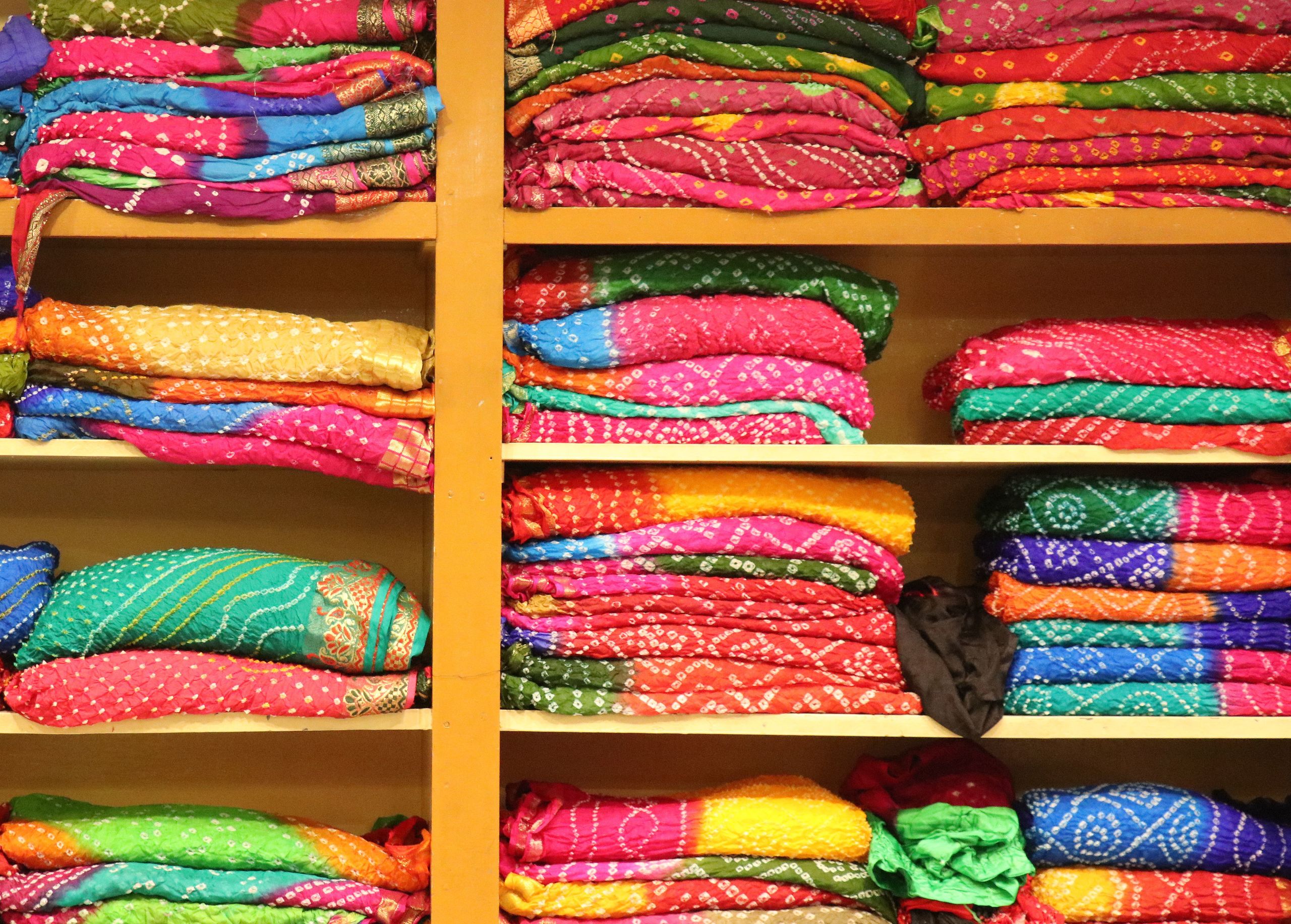
Globalisation and international trade have driven many firms in many industries to compete on the world stage.
Firms scramble to become market leaders, hungry for consumers money.
They look to optimise on factor endowments, location, production costs and consumer demands.
“When you think about the globalisation of production, where firms might be able to produce things today, it’s not guaranteed that they’ll always be produced there because wage costs rise and so on. So, firms will look to optimise on location to keep production costs down.”
However, the textile industry in India could prove to be the exception.
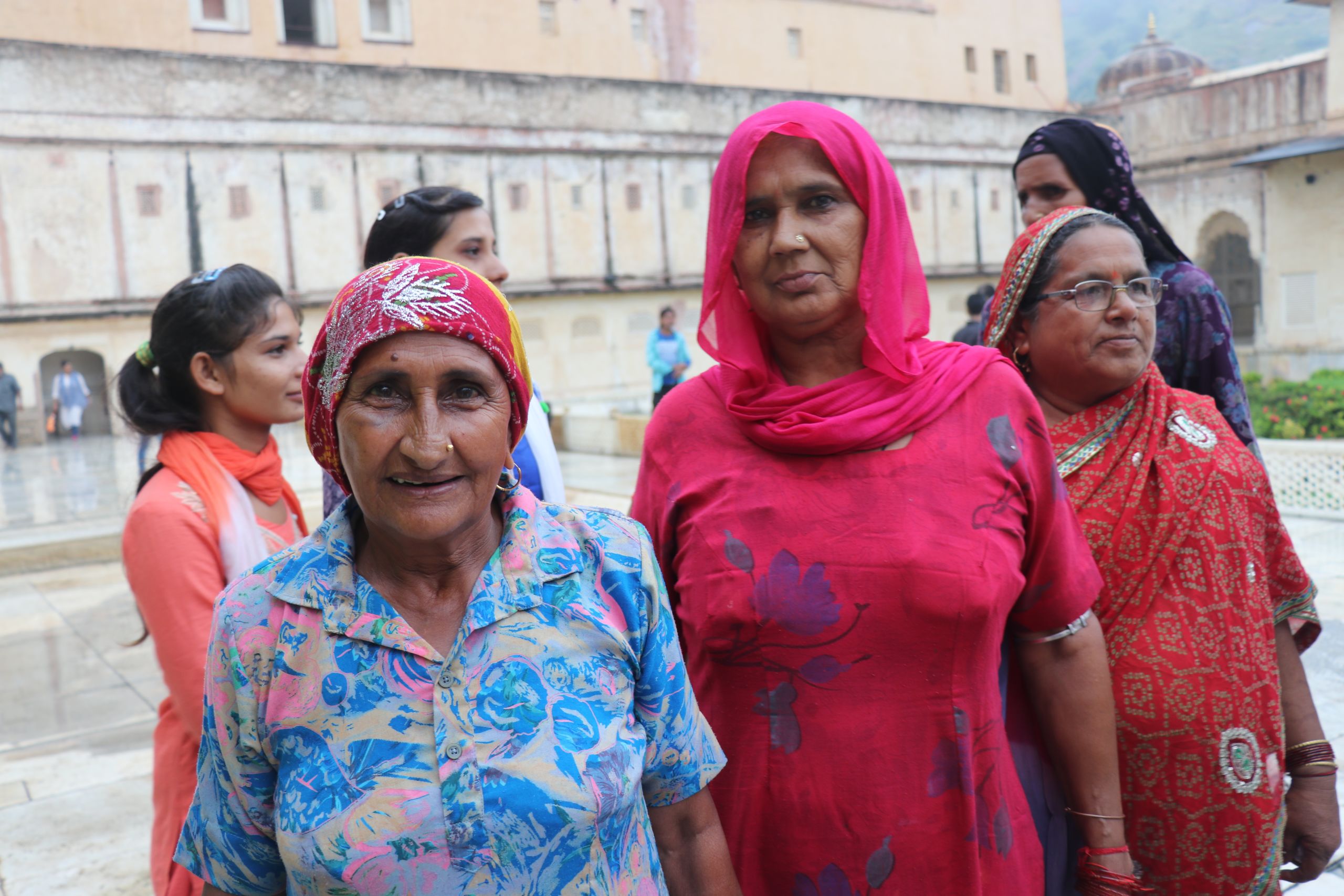
Upon arriving in India’s lively city of Jaipur, it’s hard to look past the region's vibrant colours and textiles.
Colourful garments worn by residents represent the country’s rich culture.
Cloths, fabrics and materials are sold in shops that fill the streets as far as the eye can see.
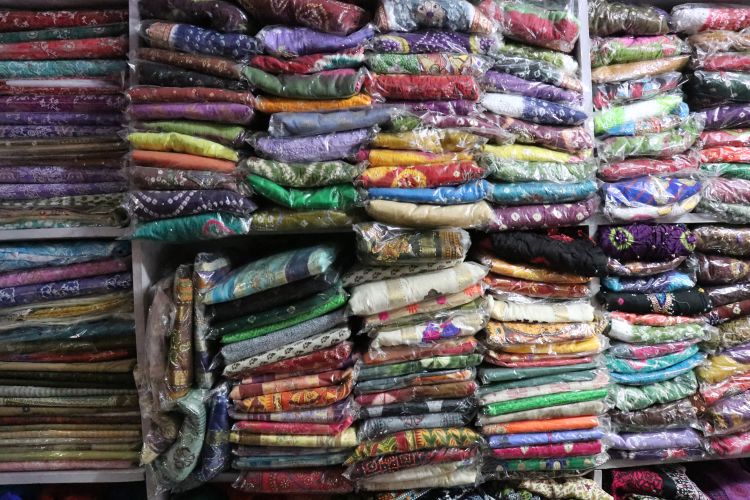
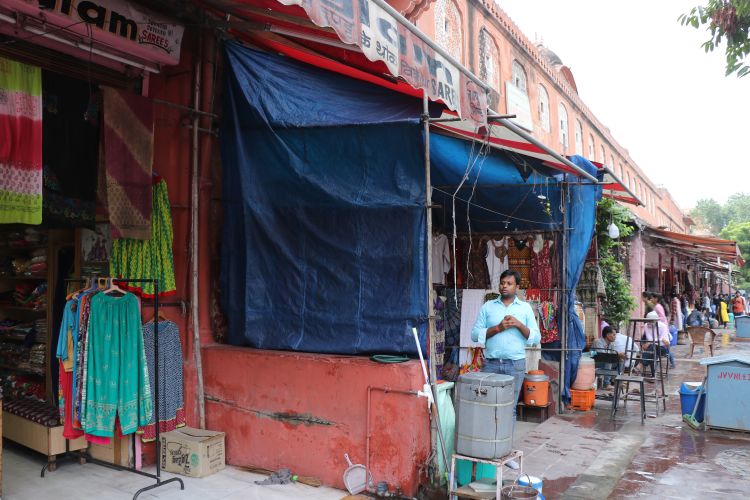
India’s textile industry is one of the oldest sectors in the Indian economy with a rich history dating back hundreds of centuries.
Every textile is made with love and has hidden motifs.
According to Media India Group, they are often inspired by nature along with socioeconomic, cultural or religious factors.
Motifs have been part of the Indian fashion regime since ancient times. Even to this day, each motif has a story to tell or a belief to share.
The peacock motif is a symbol of immortality, courtship and fertility. This bird signifies the completeness of being a woman as it is printed on fabrics worn by brides.
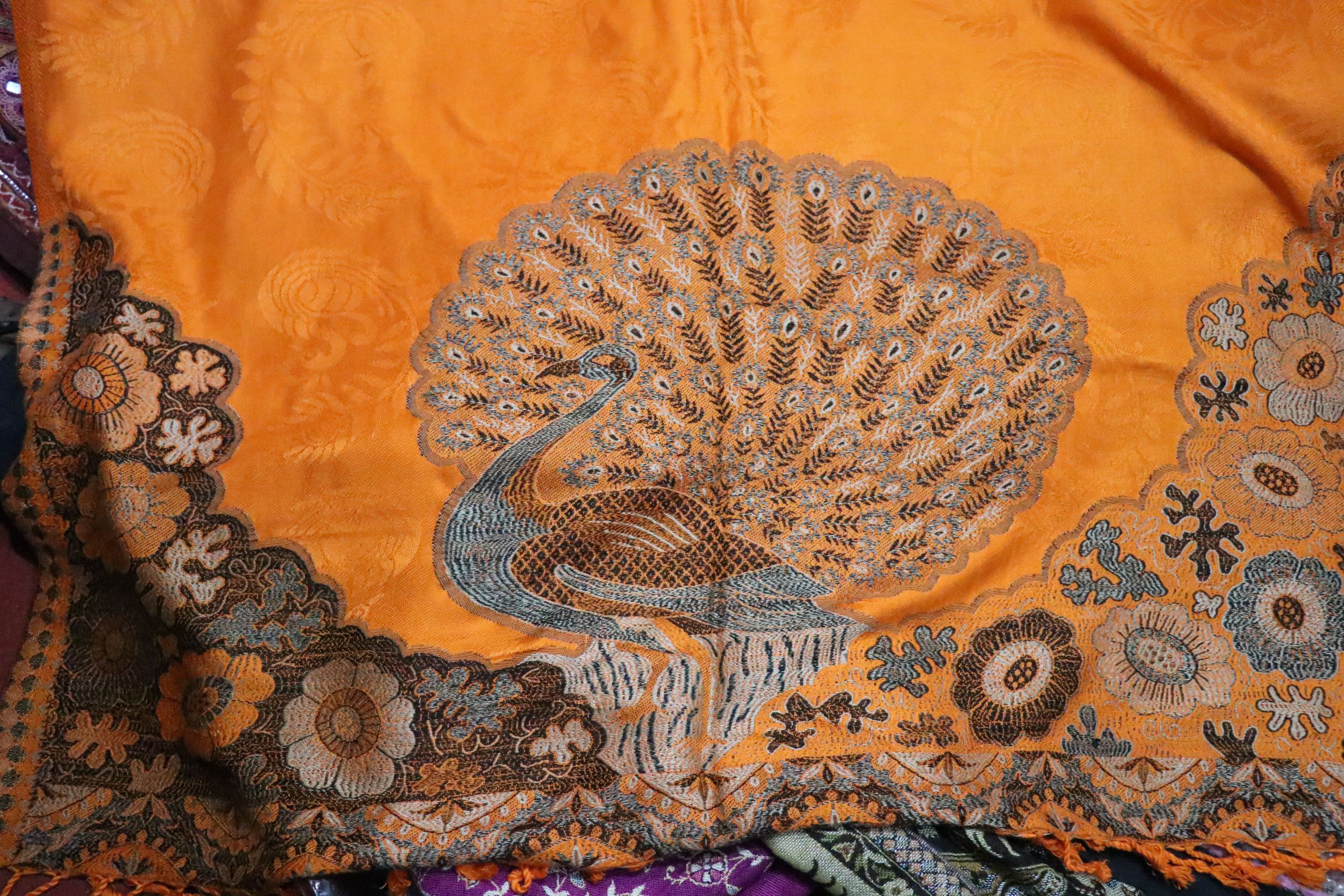
The mango motif, also known as the paisley pattern, is considered the symbol of fertility.
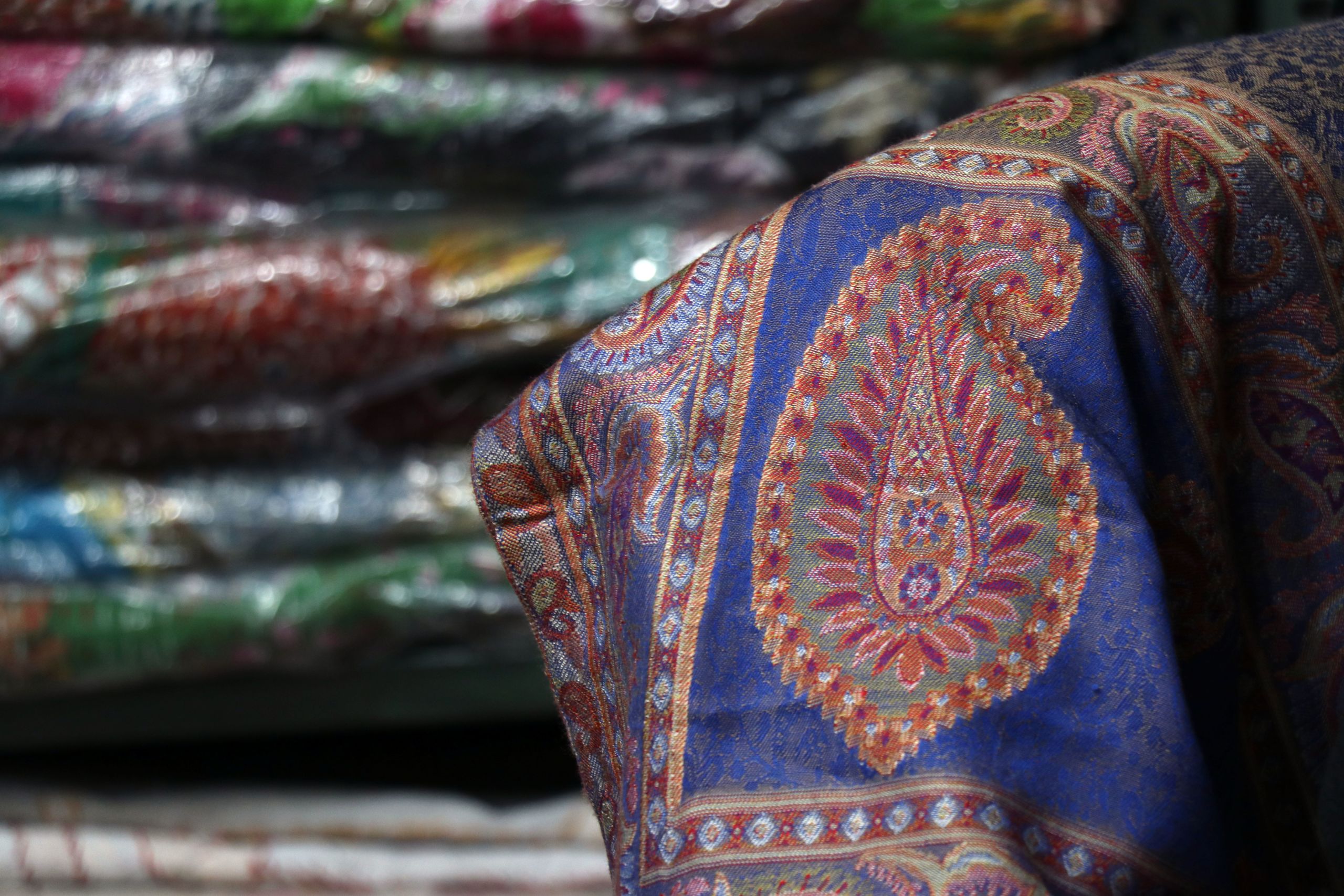
These motifs and vibrant colours are what make India’s textile industry so unique. Indian women wear these textiles with pride as it helps make up part of their identity.
"The preservation of traditional dress has been pretty successful. There has been a western influence but even Indian people elsewhere in the world still, particularly Indian women, love their colours. That’s a good thing."
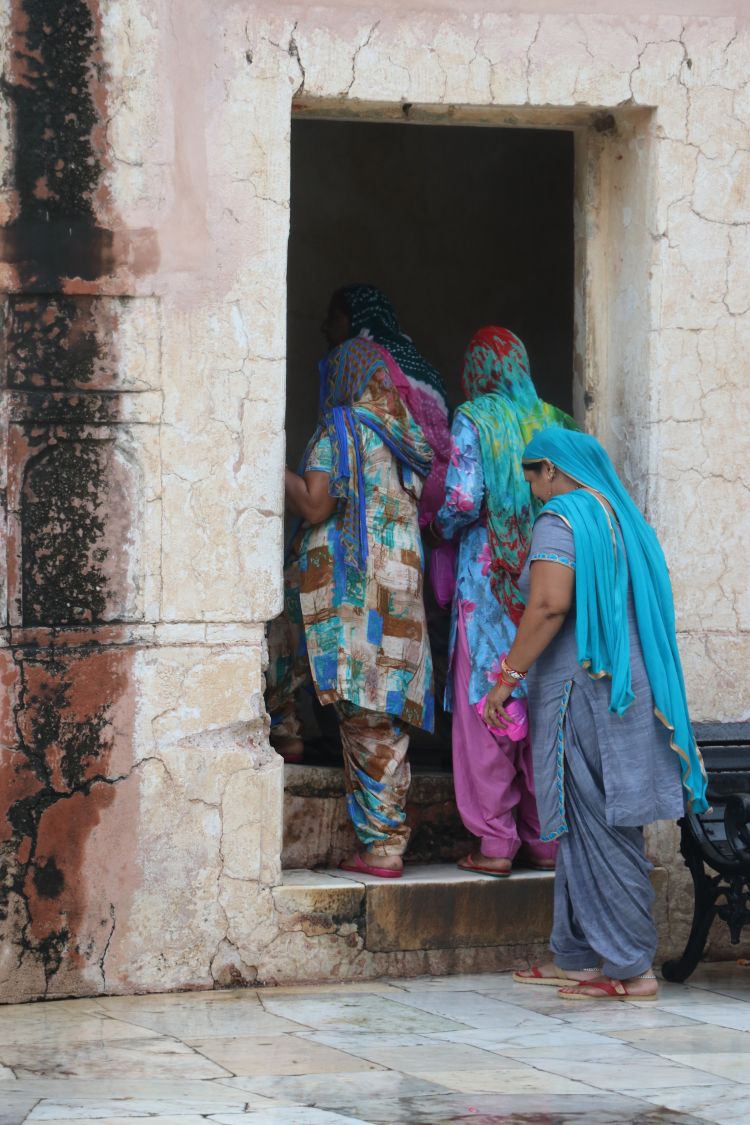
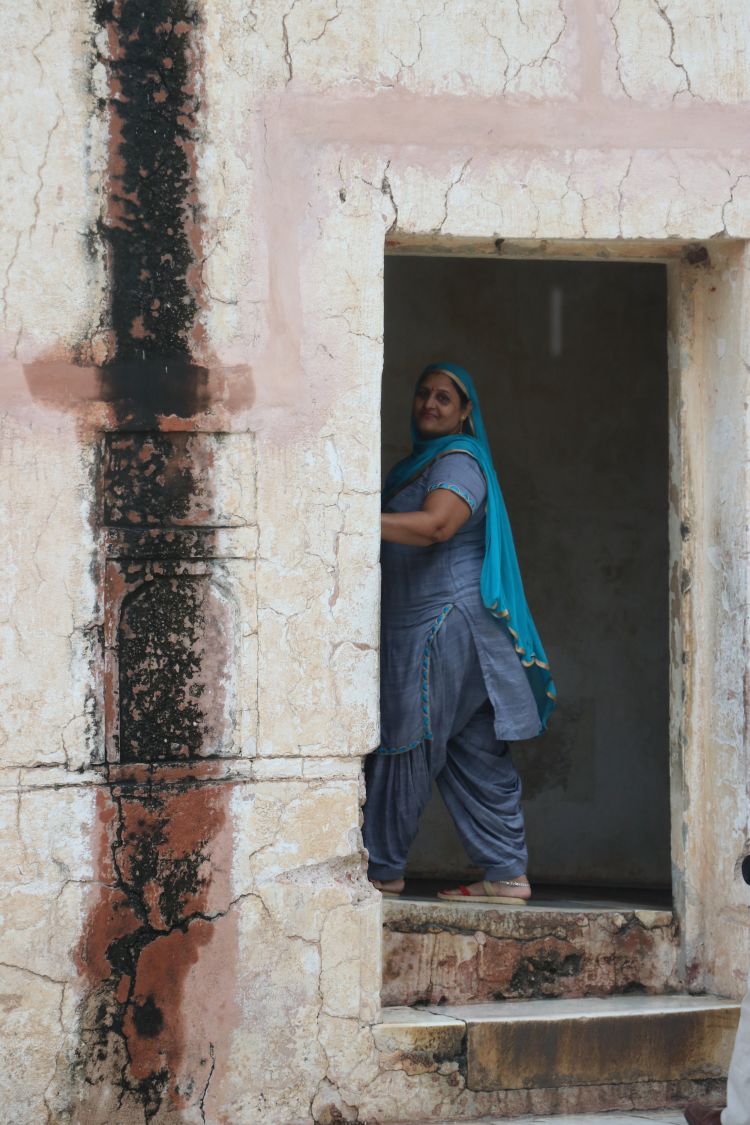
Western influence and pressures are prominent in many countries throughout South Asia.
Some people in these countries adapt to these Western influences, such as wearing simpler dress or speaking English.
However, for India, their traditional dress will never die.
"When people are forced to become more alike, pressures are built to react against that, and it has a perverse affect. So if we’re all forced into homogenised groups, we don’t like that. We like our individuality and forcing us into homogenisation has this perverse affect in that we react and want to retain our individuality."
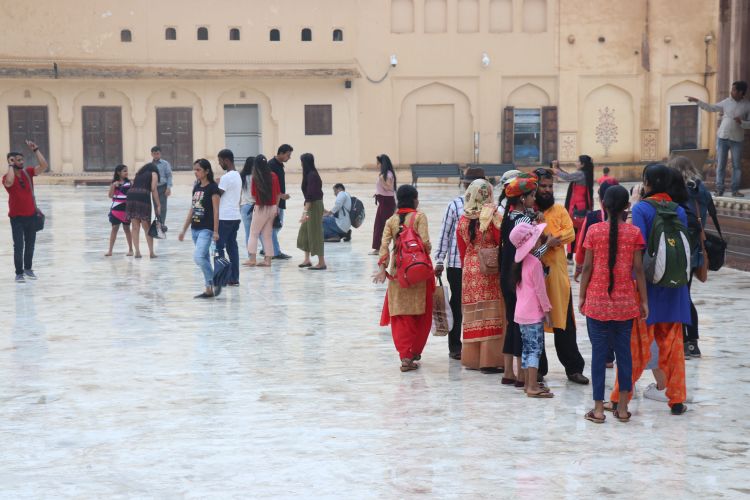
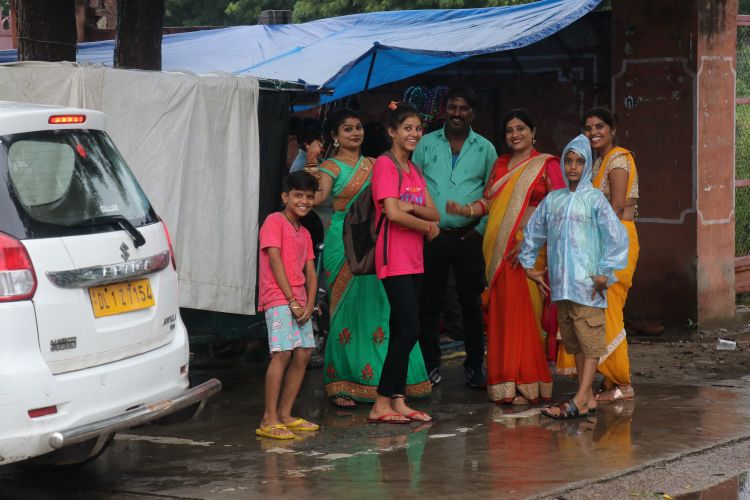
This desire for individuality is what feeds India's textile industry.
Many believe that Indians will never fully conform to Western influence or pressures, however, tour guide Rajendra Signh expects big changes for India's textile industry.
"The media is influencing people. In 20 to 30 years - no more traditional dress. Not in the cities. But it will still live on in the villages."
While India's textile industry makes up 11% of India's total exports, textiles will always be produced in India, carrying with it rich motifs and culture.


